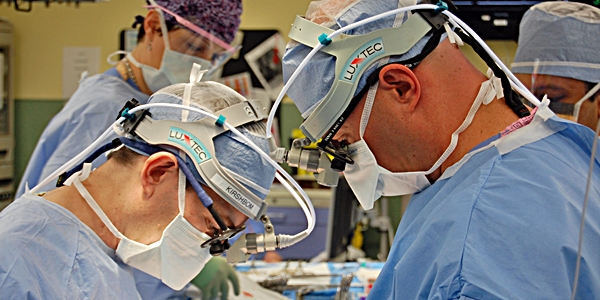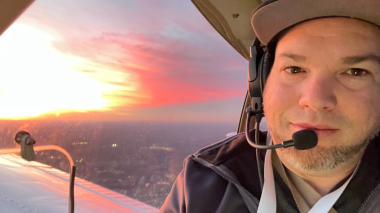Most 17-year-olds spend their days getting homework done on time, hanging out with friends and family, preparing for college and dreaming of the future.
For Michael Brodie, that future included becoming a musician, producer and a songwriter in the music industry. But his plans came to a halt in September of 2012, when he woke up with a cold and had difficulty breathing. He went to the Levine Children’s Hospital emergency department before school to get some medication to help him breath. But the medical team ran some tests and discovered Michael had a tumor the size of a baseball over his heart. “Then they did a biopsy and found that the tumor was Hodgkin’s lymphoma,” recalls Brodie. “I went straight into surgery and ended up having to stay at the hospital for three weeks.” After that came four months of chemo. Instead of going to school and graduating with his classmates, Michael was limited to being at home or the hospital. “Because my immune system was so weak, I couldn’t go anywhere without a mask,” he says. “But, I only needed two more credits to graduate, so I did home school while I was getting chemo.” After his chemo treatment, Michael’s cancer went into remission and he was able to graduate. But his run with cancer wasn’t over. Unfortunately, he had a second cancer nine months later. This time, it was leukemia.Beating the Odds

Dr. Javier Oesterheld
Patients who have a second cancer with leukemia have some of the lowest survival rates, making it a very challenging prognosis for patients and doctors. As the specialty medical director of pediatric hematology/oncology/BMT and palliative care at Levine Children’s Hospital, he is no stranger to treating children like Michael, who are among the most difficult cases.
Dr. Oesterheld is leading a multi-institutional study that is improving survival rates among patients with relapsed leukemia. He collaborated with Dr. Jessica Hochberg to create the study for people in New York and in Charlotte.
“While the patient population for relapsed leukemia does not have a strong survival rate, the data collected in the study are showing that the combination of therapies provided to the patients are delivering an incredible response rate in their survival,” says Dr. Oesterheld. “We are seeing 80 percent response rates, where normally the response rate is only 40 to 60 percent.”



